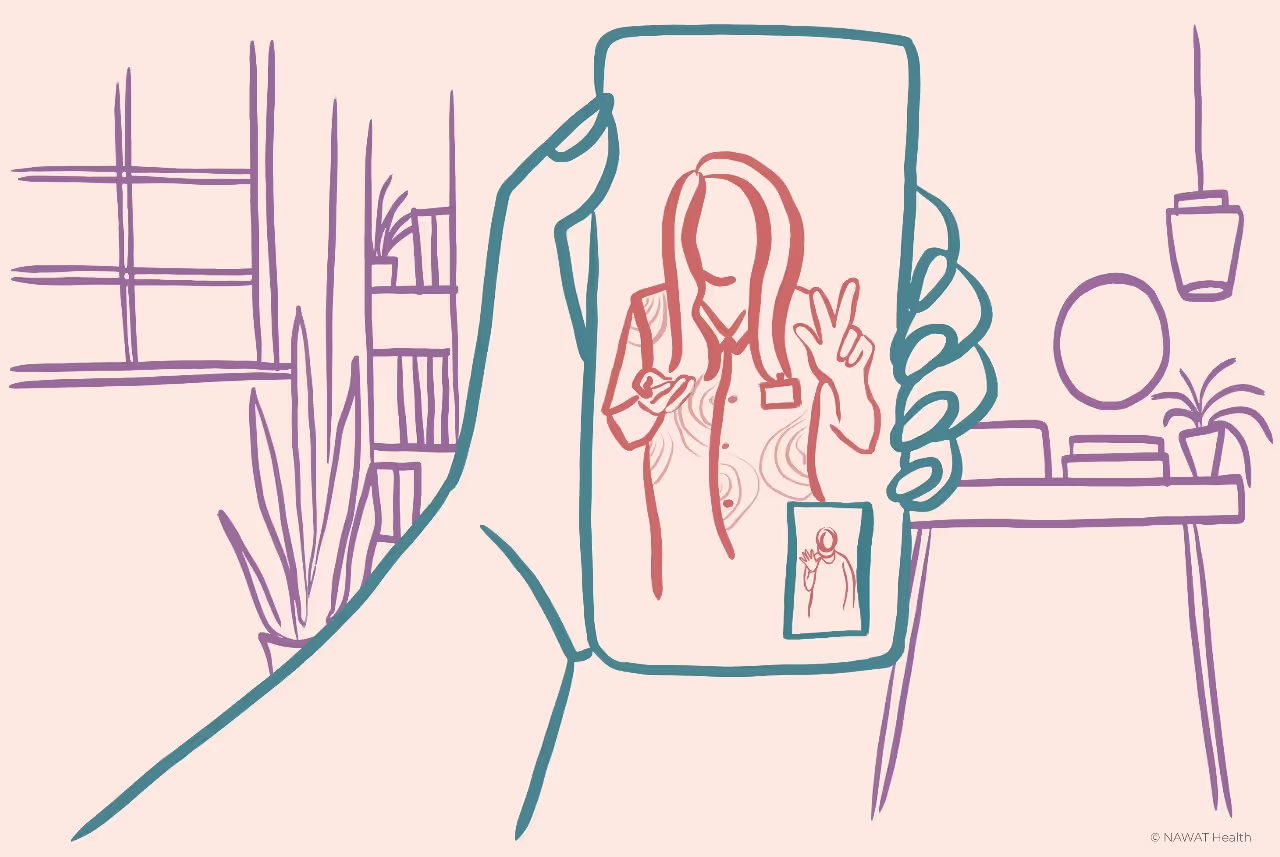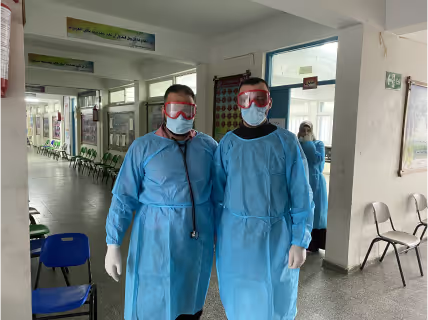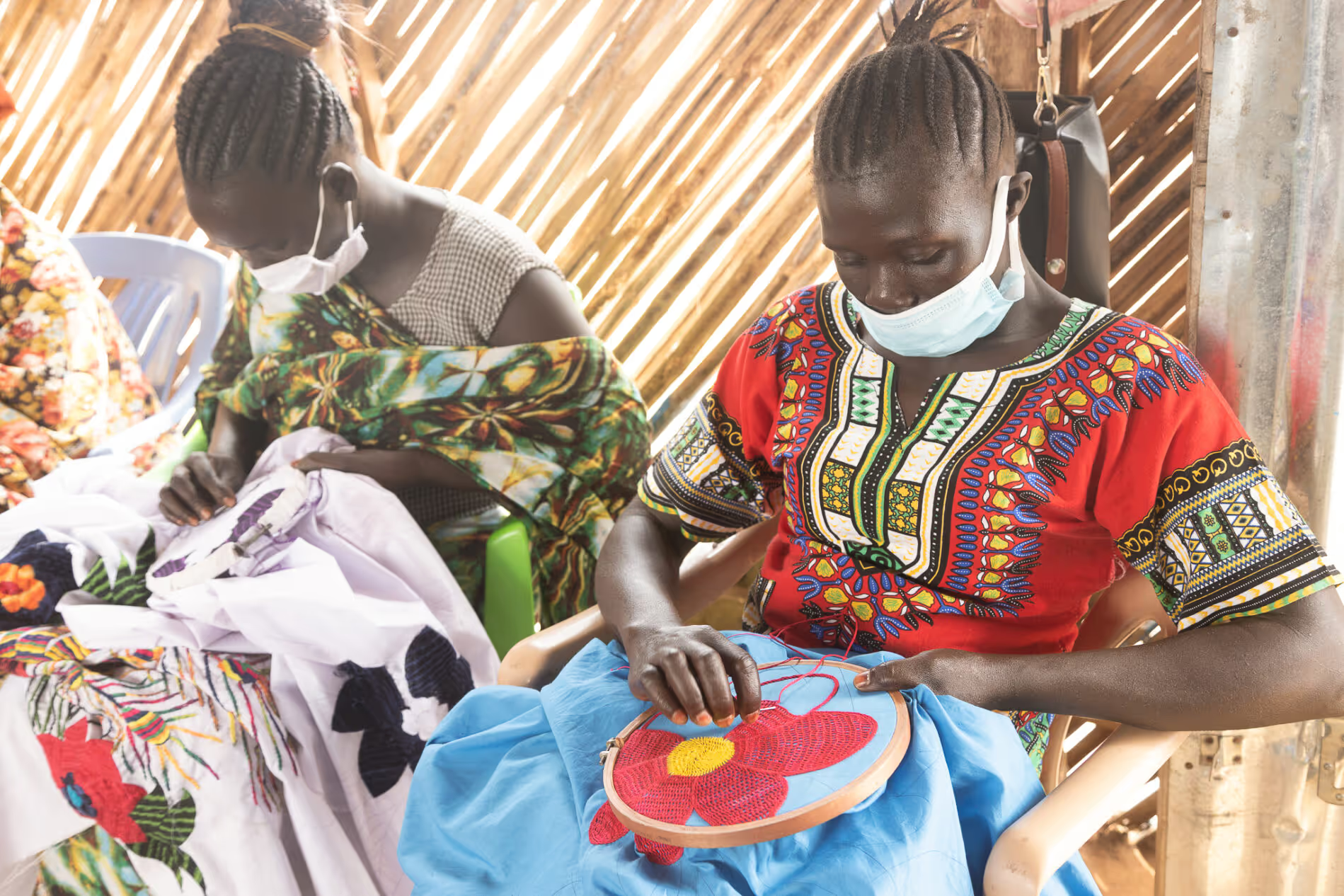Tools and Innovations for Humanitarian Response Contact Centres: Hotline in a Box

Project overview
‘Hotline in a Box’ aimed to improve the way humanitarian organisations set up hotlines in emergencies, by providing open tools and guidance for setting up locally-relevant, low-cost hotlines.
Project solution
This project offers [specific solution or intervention] to tackle [challenge]. By implementing [strategies, tools, or innovations], the project aims to achieve [desired outcomes]. The approach is designed to [specific actions or methods] to bring about meaningful change in [community, region, or issue area].
Expected outcomes
This project aims to achieve [specific outcomes], such as [measurable results, improvements, or changes]. The expected impact includes [benefits to the target community, advancements in research or innovation, or long-term effects]. By the end of the project, we anticipate [specific changes or milestones] that will contribute to [broader goals or objectives].
‘Hotline in a Box’ aimed to improve the way humanitarian organisations set up hotlines or contact centres for various crises around the world, by providing open tools and guidance for setting up locally-relevant, low-cost hotlines in emergencies.
What is the humanitarian need?
Over the last three years, the humanitarian community has witnessed a proliferation of humanitarian hotlines and call centres. However, dozens have emerged in an ad hoc manner, without any human-centred tools or guidance, leaving behind little to no publicly available documentation on why and how they were set up, or if they achieved their intended purpose in a timely manner. Hotlines are also set up without first establishing whether they are the most appropriate, relevant and cost-effective means of disseminating information or dealing with feedback and complaints.
This has led to little track record of impact and an inability for organisations to reliably identify and use good practices, lessons learnt or existing tools. Tools and guidance are needed to improve coordination, capacity, purpose and performance.
WHAT IS THE INNOVATIVE SOLUTION?
‘Hotline in a Box’ aimed to improve the way humanitarian organisations set up hotlines or contact centres for various crises around the world, by helping organisations determine when a contact centre could be a useful way to help affected people, and the most effective way to assess, coordinate, implement and evolve these crucial mechanisms. The project delivered a global toolbox that includes guidelines, recommended processes and functional modules that can be adapted to different contexts and technologies.
The innovation of this project lay in both the practical tools and guidance it created and the innovative and capacitive process. Led by a design studio, the team engaged a human-centred design approach, immersing and iterating tools with experts and end users alike. This process yielded tools that were collaboratively designed and whose utility was honed through rapid user feedback. Additionally, we drew inspiration from within and outside of the humanitarian sector in the design of the kit and tools.
What were the expected outcomes?
This project was led by a design studio (Dalberg Design) in close collaboration with a robust team of humanitarian partners across a core working group and broader advisory board, crucial to stewarding these tools into the world. The project’s ultimate goal was to design and publish a set of globally applicable guidelines and a toolkit of modules for the identification, deployment and management of future crisis contact centres. Over the course of virtual, field research and testing, this toolkit produced:
- an overview of the contact centre process, stages and archetypes
- a base toolkit (‘minimum viable product’) that includes a range of tools, templates and resources such as:
- getting started guidelines and visual checklist
- defining your call centre template
- coordination and referral pathways planning tool
- CwC channel directory
- case study template
- crisis context consideration cards
- evaluation and transition roadmap
- launch, outreach and translation of v1 toolkit by humanitarian partner team
- plans for ongoing prototyping and piloting amongst participating partner organisations.
Project delivery & updates
Stay up to date with the latest developments from this project. Here, you will find details on what has been delivered, resources created, and regular updates as the project progresses. Access key documents, reports, and other materials to see how the project is making an impact.






